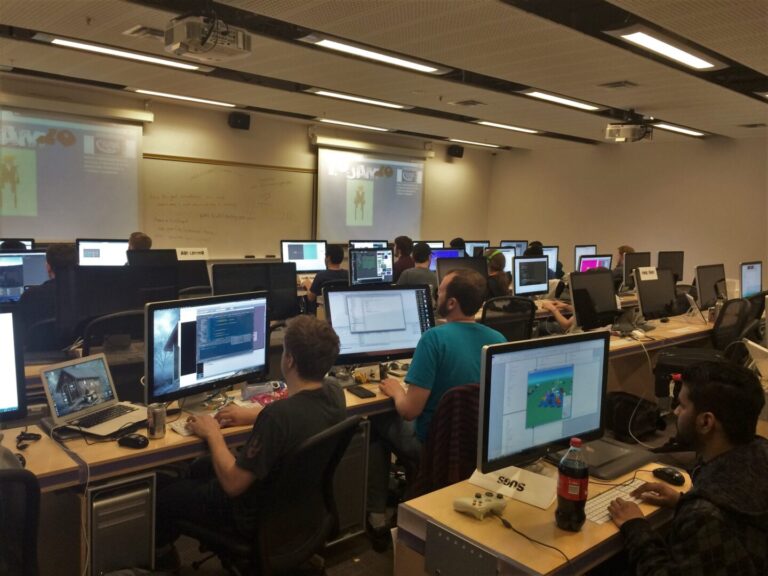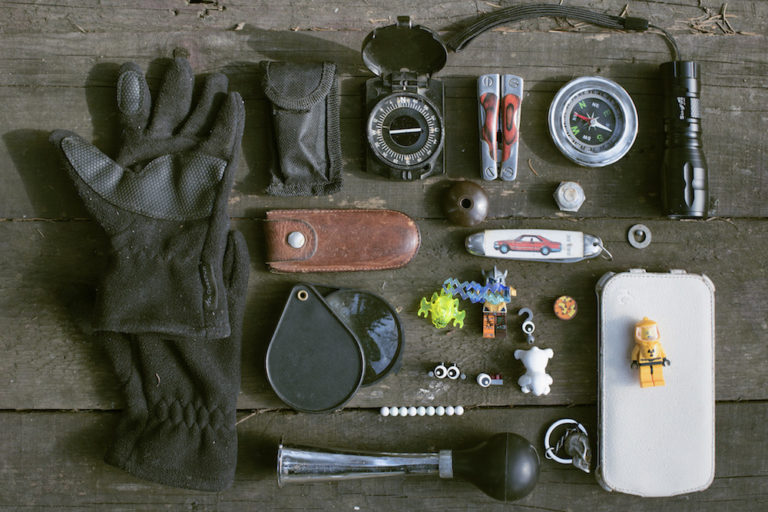This article takes up Mia Mingus’ call to “leave evidence” of how we have lived, loved, cared, and resisted under ableist neoliberalism and necropolitics during COVID-19 . We include images of artistic work from activist zines created online during the COVID-19 pandemic and led by the Re•Storying Autism Collective. The zines evidence lived experiences of crisis and heightening systemic and intersectional injustices, as well as resistance through activist art, crip community, crip knowledges, digital research creation, and the forging of collective hope for radically inclusive autistic futures—what zine maker Emily Gillespie calls “The neurodivergent, Mad, accessible, Basic Income Revolution.” We frame the images of artistic work with a coauthored description of the Collective’s dream to create neurodivergent art, do creative research, and work for disability justice under COVID-19. The zine project was a gesture of radical hope during crisis and a dream for future possibilities infused with crip knowledges that have always been here. We contend that activist digital artmaking is a powerful way to archive, theorize, feel, resist, co-produce, and crip knowledge, and a way to dream collectively that emerged through the crisis of COVID-19. This is a new, collective, affective, and aesthetic form of evidence and call for “forgetting” ableist capitalist colonialism and Enlightenment modes of subjectivity and knowledge production that target different bodies to exploit, debilitate, and/or eliminate, and to objectify and flatten what it means to be and become human and to thrive together.
Keyword: making
Scene Tracing: The Replication and Transformation of Global Industry, Movements, and Genres in Local Game Production
The notion of scenes has helped frame how particular clusters of cultural activities, practices, and “happenings” simultaneously replicate and transform global practices in specific localities. The study of scenes has aided us in examinations of how geographic and virtual localities create and shape global industries, movements, and genres. In this article, I focus on the Toronto game production scene to examine how it replicates and transforms the wider cultural norms, working conditions, and genre productions of the global game industry. Based on a two-year ethnography of the scene, I survey how gamemakers maintain and challenge the expected norms and practices of industry and platforms in the production of local games. To identify these clusters of cultural activity, I develop the notion of scenes as palimpsests to trace how gamemakers replicate and transform industry cultural norms and practices in the local scene. The last decade has seen the emergence of social media platforms as a venue for participants of scenes to discuss, create, and disseminate their works with geographically local and global audiences. The textual spaces of these platforms connect participants of local production scenes to a global community defined by geography, industry, and genre. By tracing scenes through its inscriptions, I examine how these platforms are centers for encounters between the values and practices of the Toronto game production scene and the wider industry. This article is about how the geographical cultural activities of scenes are shifting into virtual environments, and how these virtual spaces are transforming the cultural norms and practices of gamemaking and its associated activities, such as socials, game jams, and “talking shop.” I argue that analyses of globalization must consider the wider physical and virtual infrastructures of local production to understand how cultural media are produced and circulated around the globe.
How Makers and Preppers Converge in Premodern and Post-Apocalyptic Ruin
This article investigates how US maker culture affirms values of self-reliance and personal responsibility through its increasing convergence with future-oriented preparation in order to construct a US maker identity differentiated from other making cultures worldwide as an ideological project of white American exceptionalism. I argue that the convergence of contemporary making with apocalyptic preparation in the US articulates making practices as vital for individual survival for apocalyptic futures as well as constructs nonwhite and non-Western geographies as simultaneously premodern and post-apocalyptic sites of ruin. US maker culture, while drawing inspiration from these geographies, suggests that such locales will be unaffected by apocalypse and, thus, cannot prepare for it. Consequently, US maker culture excludes the nonwhite inhabitants of these non-Western geographies from the idealized subjecthood rooted in the do-it-yourself (DIY) ideology and preparatory logic that maker culture endorses.
Make(r) Space, Making Space: A Media Ecology in Two Parts
The pop-up maker space hosted by the Media Interventions working group of the Cultural Studies Association at the 2014 annual meeting, ‘Ecologies: Relations of Culture, Matter, and Power,’ is a collaborative intervention into the typical structure of academic conferences in the interdisciplinary humanities and social sciences, whose genres and formats tend to privilege established scholars, disciplinary paradigms, the new, and above all a mindset in which the resources attached to ‘professionalization’ are governed by scarcity. Held concurrently with the main conference schedule at the University of Utah’s historic Pierre Lassonde House, the maker space showcases the work of artists, activists, media practitioners, performers, researchers, and amateur ‘makers,’ inviting conference attendees to engage the material not merely as spectators but as active participants in the collective meanings of the event. In doing so, it quite literally makes space for multimodal methods of knowledge production that decenter the individual and scramble the dominant temporalities of academic labor. This two-part essay describes the maker space as media ecology in the process of unfolding across multiple time frames (and time zones) and through unevenly distributed agencies as well as affective states. The first part documents the process of making a space for making, while the second attempts to partially capture and re-present the event itself through digital photography, video clips, sound snippets, links, maps, and other media ancillary to the maker space. In reading, watching, listening, touching, clicking, and otherwise attending to what we are making, you become integrated into the circuitry of our affections: the queer collection of things that comprise media ecologies.


